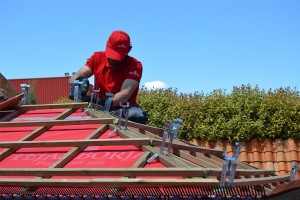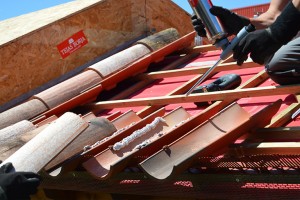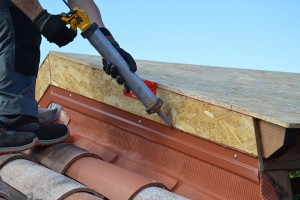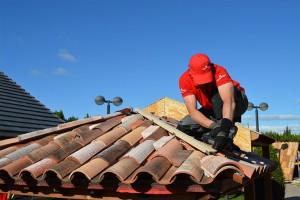EL SISTEMA BORJASAT RECIBE LA CERTIFICACIÓN TÉCNICA DIT+

Continuando con la búsqueda de la excelencia en cuanto a la gama de productos y soluciones para cubiertas, Tejas Borja anuncia la reciente obtención de la prestigiosa certificación DIT Plus para el innovador sistema de aislamiento de tejado BorjaSAT.
La certificación DIT Plus es otorgada por el Instituto de Ciencias de la Construcción Eduardo Torroja (IETcc – CSIC) y goza de gran reconocimiento en el sector, garantizando que un producto o sistema constructivo cumple los más altos estándares de calidad, seguridad y rendimiento. Siendo un reconocimiento a la fiabilidad y robustez de nuestro sistema BorjaSAT.
Con el Documento de Idoneidad Técnica se garantiza que un producto o sistema constructivo cumple todas las regulaciones vigentes para el uso al que está destinada la solución, en este caso, la cubierta inclinada.
La concesión del DIT Plus se basa en el comportamiento favorable del sistema constructivo para el empleo previsto frente a las exigencias de:
- Resistencia mecánica y estabilidad.
- Seguridad en caso de incendio.
- Higiene, salud y medio ambiente.
- Seguridad de utilización.
- Protección contra el ruido.
- Ahorro energético.
- Uso sostenible de los recursos naturales.
Además, para su obtención se tiene en cuenta su comportamiento favorable ante la exigencia global de durabilidad; además del mantenimiento por parte del fabricante de las condiciones de autocontrol de la producción y el compromiso a prestar asistencia técnica en la puesta en obra.
El DIT Plus del sistema BorjaSAT contempla los siguientes aspectos:
- Principio y descripción del producto.
- Materiales que lo componen.
- Elementos o componentes del sistema.
- Fabricación.
- Controles internos y externos sobre fabricación y puesta en obra.
- Condiciones de transporte y almacenamiento.
- Condiciones y proceso de puesta en obra.
- Referencias de utilización del sistema en casos reales.
- Ensayos de identificación, aptitud de empleo y durabilidad.
- Criterios sobre la evaluación positiva de la aptitud de empleo y procedimientos de cálculo.
- Observaciones y recomendaciones de la Comisión de Expertos convocada para cada DIT.
- Detalles constructivos, puntos singulares, etc.
BorjaSAT es una solución técnica para la instalación y aislamiento por el exterior de cubiertas inclinadas, evitando puentes térmicos. Esto se consigue gracias a los paneles λSAT, fabricados por moldeo con poliestireno tipo Neopor ®. Los paneles llevan preparados los espacios donde se deben acoplar en obra los rastreles metálicos del sistema, que quedan encajados y fijados sobre los propios salientes que presenta el panel λSAT.
El mismo panel se fabrica en varios espesores de aislamiento, y es válido para todas las tejas cerámicas de la marca, porque funciona en dos distintos pasos de rastrel (370 mm y 395 mm), según se instalen los paneles en posición horizontal o vertical sobre la cubierta, que debe ser continua y estar previamente nivelada.
Tejas Borja confía con este nuevo hito que la certificación DIT Plus refuerce aún más la confianza del mercado en su gama de productos y sistemas, y así seguir colaborando con sus clientes y socios, así como dando apoyo a técnicos y prescriptores en sus proyectos y obras, para crear un entorno más seguro, sostenible e innovador.



































